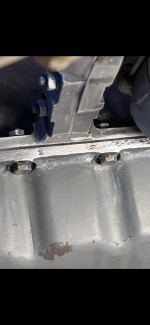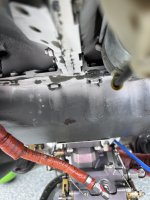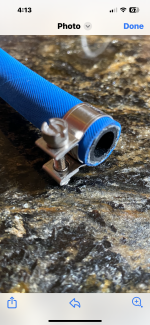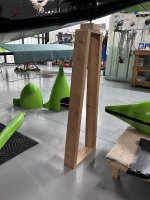Anyone change one of these in place? Lycoming says it can be done, but looks tight to raise the top half or lower the bottom half at least an inch or so to get over the studs and remove, clean and slide the new gasket in.
It’s weeping vs affecting the oil level between the 2 front middle bolts. Every few flights I have to wipe the oil film on top of the air box. It’s totally dry all the way around the rest of the gasket. A teaspoon of oil creates a mess in the lower cowl.
It’s weeping vs affecting the oil level between the 2 front middle bolts. Every few flights I have to wipe the oil film on top of the air box. It’s totally dry all the way around the rest of the gasket. A teaspoon of oil creates a mess in the lower cowl.








